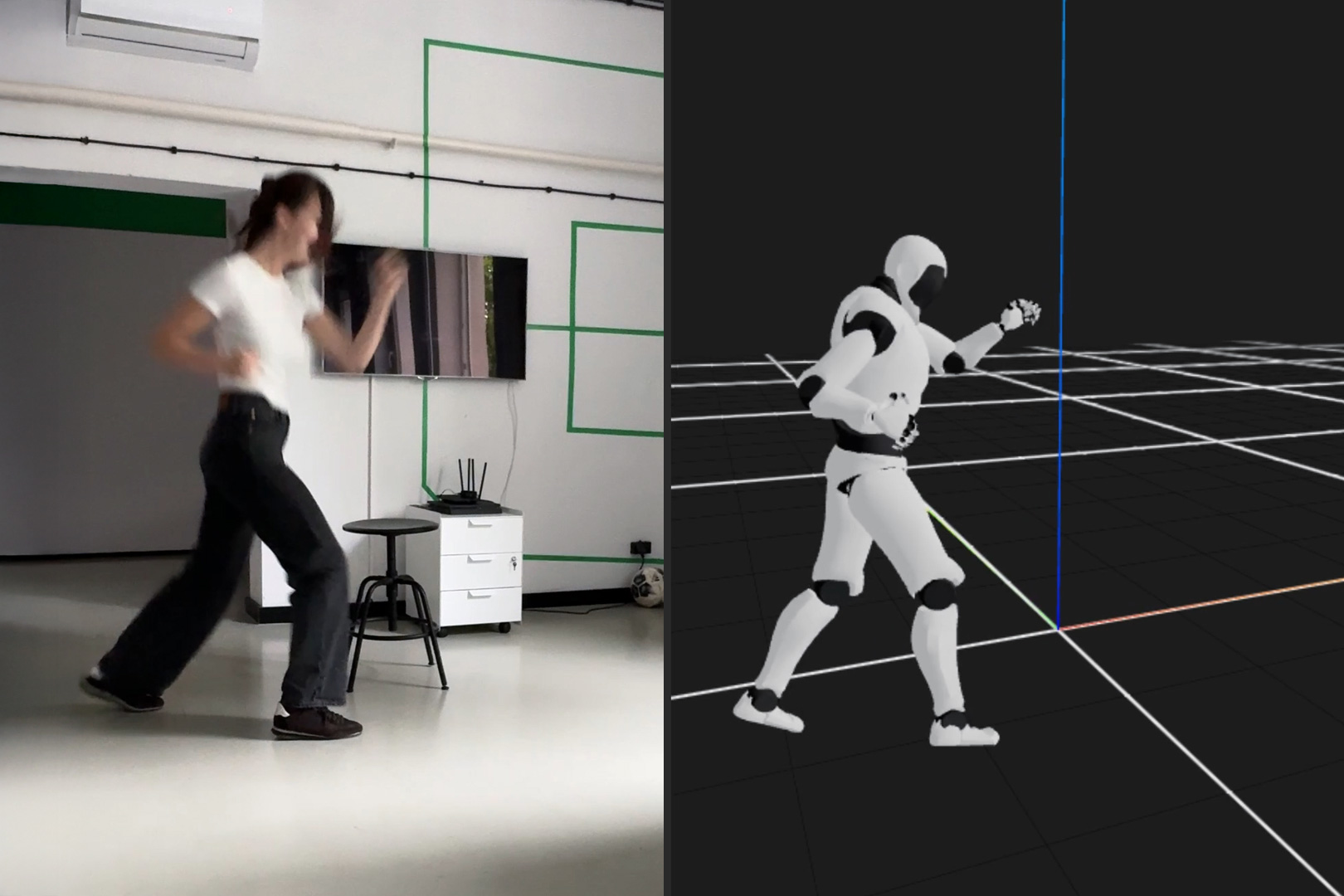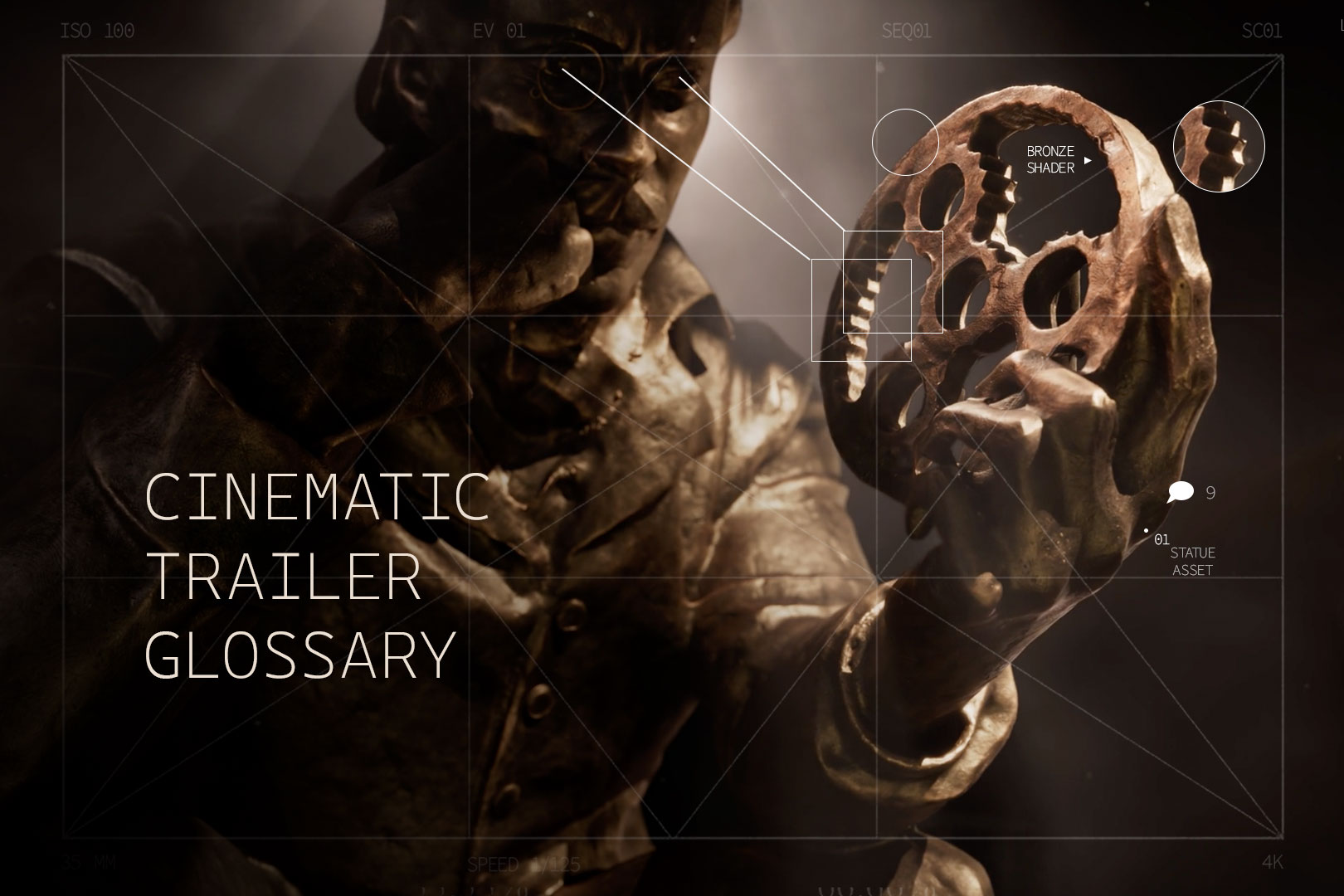If you're an artist looking to push the boundaries of lighting and create an immersive experience in Unreal Engine, then have we got something for you!
We recently set out on a mission to explore how DMX lighting protocols could be used in conjunction with Philips Hue lightbulbs to make our project truly interactive. We were able to construct a system that blended a game engine like Unreal Engine with powerful smart lighting technology.
The idea
Imagine stepping into a world where the virtual and real merge seamlessly. Our innovative approach connects a virtual camera to an iPad, allowing us to track your movements in real-time.
We've placed Unreal lights in strategic locations, each corresponding to a real Philips Hue bulb. As you move through the space, bounding boxes trigger the lights to turn on and off, creating a dynamic and immersive experience.
The DMX system then sends a signal to the Philips bulbs, ensuring that the lighting in the virtual world matches the real world. The result is an unforgettable journey that blurs the line between reality and imagination.
Main challenges
- Connect Unreal Engine DMX system with Philips Hue light bulbs.
- Make an immersive effect in which lights are turned on and off simultaneously in real life and Unreal.
- Connect that setup with virtual camera and map a real room with Unreal environment.
The process
We started with connecting the Unreal Engine DMX system to Philips Hue light bulbs by using DMX-Hue (https://github.com/sinedied/dmx-hue).
The DMX system, also known as the Direct Method Execution system, is a feature of Unreal Engine that allows developers to write code that can be executed at runtime. This allows for more flexibility and interactivity in the games and experiences created with Unreal Engine.
After that connection, we configured Unreal Engine to send DMX signals. DMX-hue was receiving that signal and sending it further to light bulbs.
The next step was to match bulbs ID's with starting addresses in the DMX Library.

To do that, we made an unreal level the same size as our studio. Blueprints that handle sending DMX signals were also added to the level. Sending DMX signals and turning unreal lights on and off were happening simultaneously, which gave us quite immersive effect.

The last step was to track iPad position, so a person standing under a light bulb would trigger the corresponding blueprint, which then is turning the light on in unreal and sends a DMX signal to the light bulb.

We managed to achieve that effect with a virtual camera and trigger boxes.
Benefits
There are several benefits to creating an immersive experience using DMX in Unreal Engine and Philips Hue light bulbs. Some of these benefits include:
- Real-time interaction: The DMX system allows developers to create code that can be executed in real-time, which means that the lighting in the experience can change and react to what is happening in the game. This can create a more engaging and immersive experience for the user.
- Compatibility with Philips Hue: Philips Hue light bulbs are popular for creating immersive lighting experiences. Using DMX in Unreal Engine, developers can easily integrate Philips Hue lights into their projects, allowing them to create custom lighting effects that can be controlled from within the game or experience.
- Enhanced storytelling: Proper lighting is an important element of storytelling, and the DMX system allows developers to create lighting effects that can help convey the mood or atmosphere of a scene. This can enhance the overall storytelling experience and make it more immersive for the user.
Overall, using DMX in Unreal Engine and Philips Hue light bulbs can help developers create more immersive and engaging experiences that can captivate and engage the user and provides a playground for creative minds to bring their ideas to life.
Whether you are a seasoned game developer or a newcomer to the field, Unreal Engine offers endless possibilities for creativity and innovation. With its strong community support and regular updates, it continues to be a leading choice for developers looking to push the boundaries of what is possible in the world of interactive entertainment.







